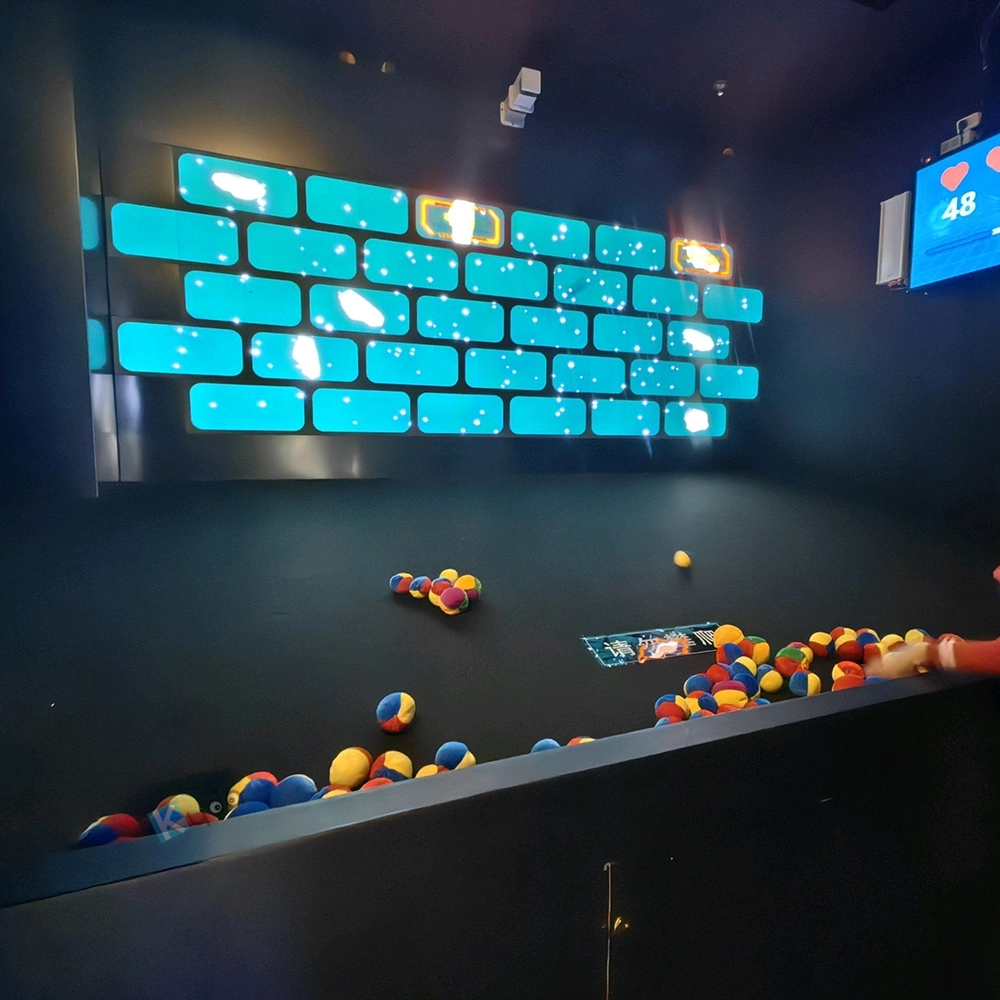In an age of tablets and passive viewing, interactive projection games offer a refreshing way to blend entertainment with education. They turn any floor or wall into a vibrant, responsive playground, encouraging children to move, think, and play together. This guide explores the unique benefits of these games for both fun and learning.
First, these games promote active learning. Unlike sitting and staring at a screen, children must use their whole bodies to interact with the content. They can jump on projected lily pads to learn numbers, kick a ball to practice spelling, or dance to learn about different cultures. This physical engagement helps reinforce concepts and makes learning a fun, memorable experience, rather than a chore. It’s a key reason why kids interactive projection games are a popular choice for schools and family entertainment centers.
Next, they build crucial social skills. The large, shared play space naturally encourages collaboration. Kids have to work together to solve puzzles, compete in friendly races, and cheer each other on. This fosters teamwork, communication, and a healthy spirit of competition. It’s a powerful tool for social development in a fun, non-threatening environment.
Finally, interactive projection games are highly adaptable. The content can be easily changed to suit different age groups and educational goals. From simple color-matching games for toddlers to complex math challenges for older children, the possibilities are endless. This versatility makes them a smart and long-lasting investment for any business focused on providing a high-quality, engaging experience for children.
